Getting back to basics has seen this hardwood bench succeed in meeting eco-compliance and intelligence in function
November 1st, 2012
“Design a seat for a function. This could be a chair, stool or bench or anything else that can be sat upon. Materials to be used are American hardwood lumber and veneers” – so read the brief from renowned designer Sebastian Wrong to students of the Platform 15 Design Programme at London’s Royal College of Art (RCA).
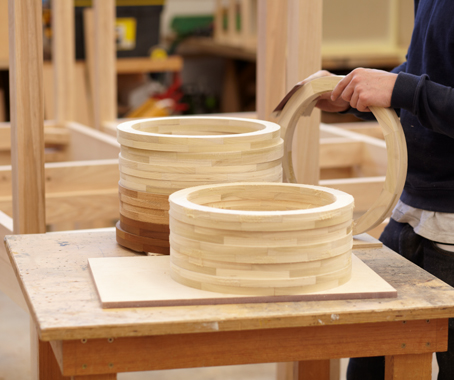
Working in conjunction with the American Hardwood Export Council (AHEC), Wrong and the RCA set a task that essentially called for smart design – a focus on celebrating the inherent properties of hardwoods, to accentuate their versatility in production and impressive material qualities.
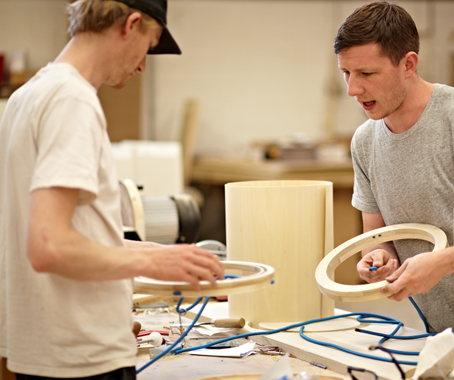
Melbourne’s Nicholas Gardner and fellow first year student David Horan rose to the challenge ably, with the creation of the Phyllida bench – a piece that drew it’s inspiration from the work of British sculptor Phyllida Barlow.
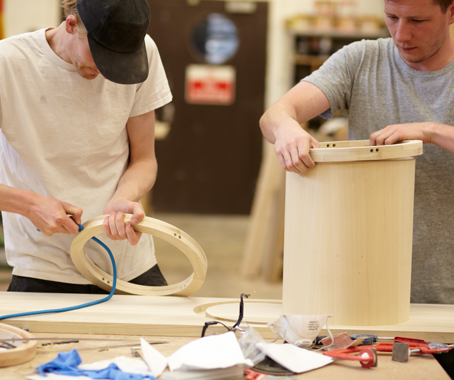
Homing in on Barlow’s talent for creating volume with minimal components; the pair explored the potential for a timber variety called Tulipwood to help them produce a design that would accommodate more than one user but still offer mobility for relocating or transporting the piece with ease.
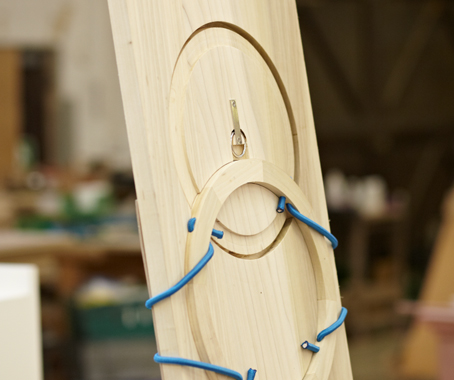
“We came up with this rather gestural way of creating volume without using a lot of materials: coiling a piece of material around into a tube and keeping it together with a strap. The bench made for the project was completely out of timber and we looked to push the structural properties of the material as far as possible” say Gardner and Horan.
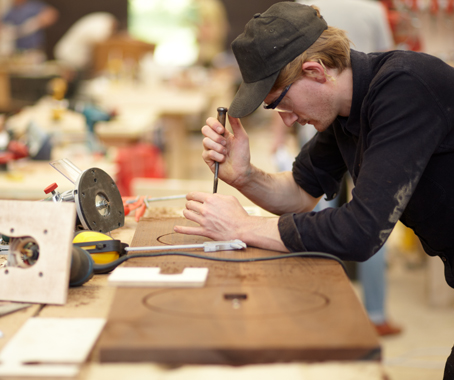
Tulipwood was chosen for its high strength to weight ratio, exhibited in the fact that the legs of the 2m long solid tulipwood bench are pieces of rolled ply just 1.5mm thick.
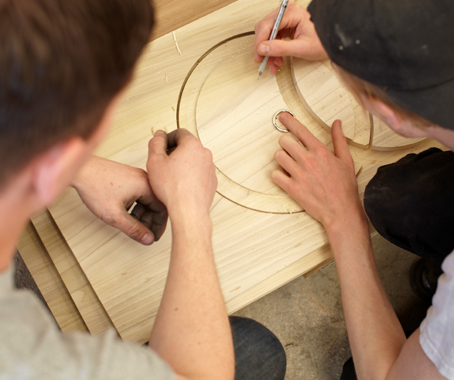
“I’m interested in how to use the minimum thickness of material for the maximum presence” adds Gardner “and to consider how to use standard pieces of timber to reduce both labour and wastage”.
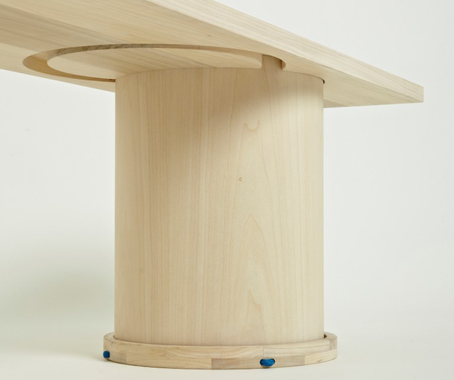
The bench’s legs fit into carved tulipwood base rings and to a circular groove on the underside of the bench. The rings are joined to the flat seat by bungee cords which also hold the bench together when it is dissembled.
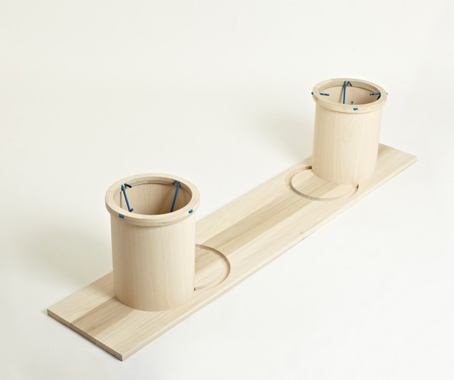
Simplicity and return to essential elements that presents a wholly functional and visually striking solution.
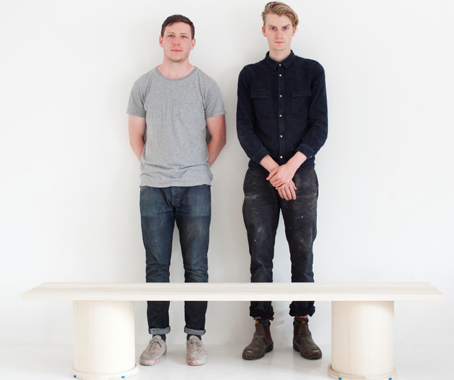
American Hardwood Export Council
A searchable and comprehensive guide for specifying leading products and their suppliers
Keep up to date with the latest and greatest from our industry BFF's!

Suitable for applications ranging from schools and retail outlets to computer rooms and X-ray suites, Palettone comes in two varieties and a choice of more than fifty colours.

Channelling the enchanting ambience of the Caffè Greco in Rome, Budapest’s historic Gerbeaud, and Grossi Florentino in Melbourne, Ross Didier’s new collection evokes the designer’s affinity for café experience, while delivering refined seating for contemporary hospitality interiors.

Savage Design’s approach to understanding the relationship between design concepts and user experience, particularly with metalwork, transcends traditional boundaries, blending timeless craftsmanship with digital innovation to create enduring elegance in objects, furnishings, and door furniture.
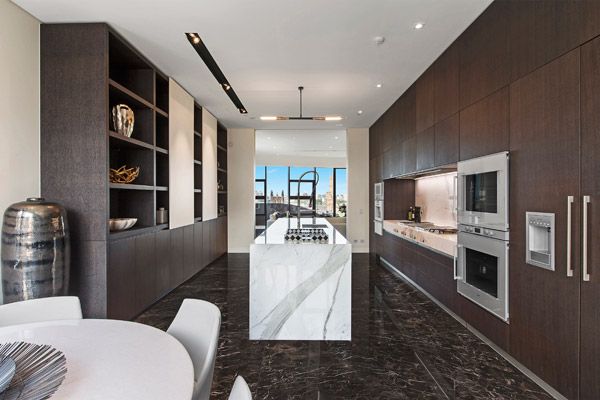
With the sustained growth of the premium multi-residential development sector, kitchens are becoming larger, better equipped and more luxurious.
The internet never sleeps! Here's the stuff you might have missed

From the trailblazer of Spanish industrial design comes a new collection of recycled rugs – a powerful exploration of the concept of waste, a keen celebration of imperfection, and a new underfoot symbol of responsible design.

Beau Fulwood and Alison Peach on returning to a low-tech, first-principles concept of design as a strategy to combat climate change.